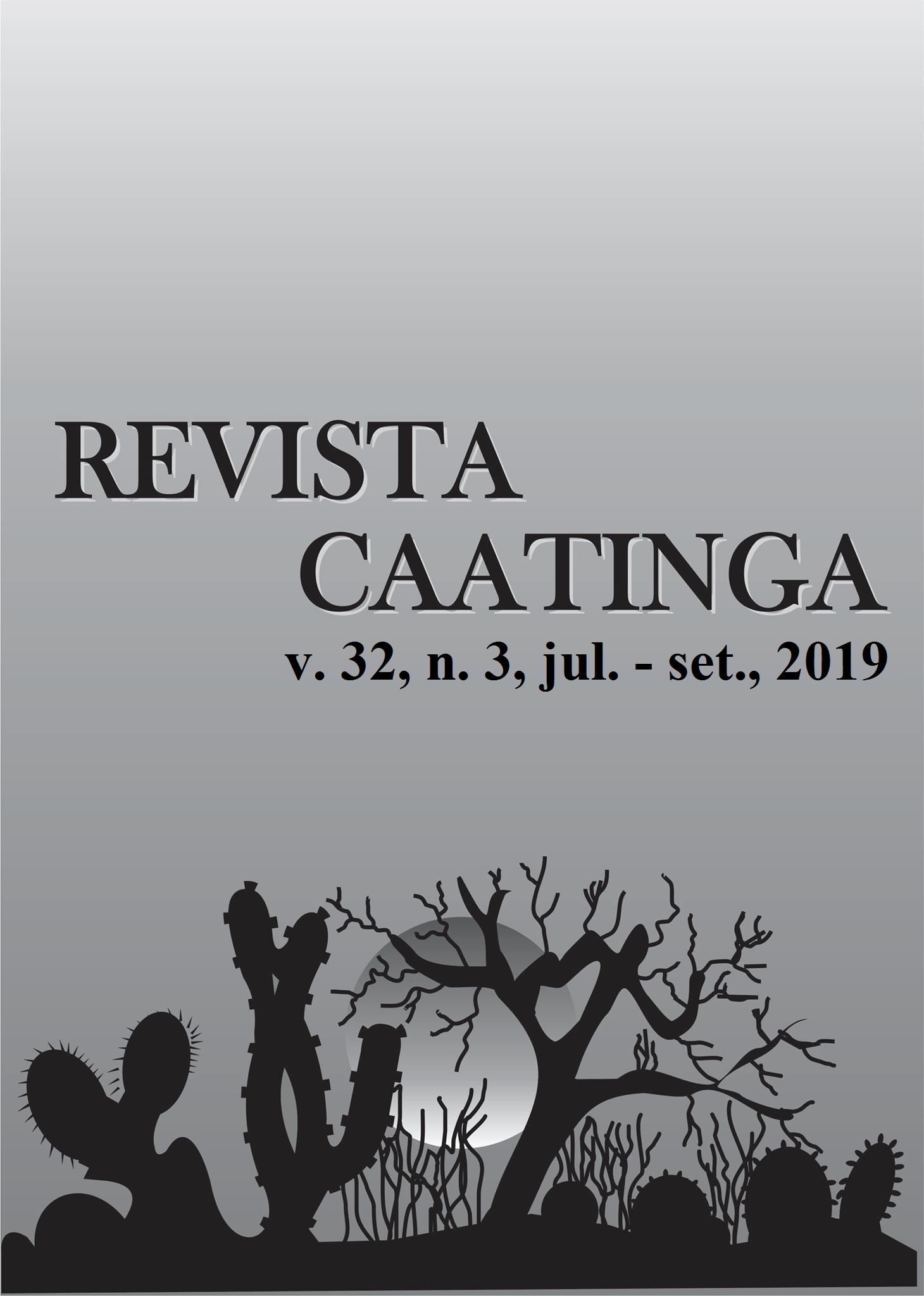BIOLOGICAL FERTILIZER AND COVER PLANTS ON SOIL ATTRIBUTES AND MAIZE YIELD
DOI:
https://doi.org/10.1590/1983-21252019v32n315rcKeywords:
Soil fertility. Microbiological quality. Zea mays.Abstract
Maize is an important crop for Brazil's economy. This species is, in general, grown as monoculture, making it necessary the use of conservationist practices for soil management and to favor crop development. The objective of this study was to evaluate the effects of biological fertilizer and cover plants on soil properties and maize yield. The experiment was conducted in a dystrophic Latossolo Vermelho (Oxisol), in the 2015-2016 and 2016-2017 crop seasons in Tangará da Serra, MT, Brazil. The experiment was conducted in a randomized block design, using a double factorial arrangement with an additional control: two biological fertilizer conditions, three soil cover conditions, and a control (forest fragment). Seeds of Pennisetum glaucum and Crotalaria ochroleuca were sowed on October 2015 and 2016. Maize seeds were sowed on December 2015 and 2016, with subsequent application of 150 L ha-1 of biological fertilizer. The soil cultivated with maize had greater chemical quality than that under the forest fragment, however, the forest fragment soil had greater microbiological quality. The use of biological fertilizer and cover plants increased the fertility and microbiological quality of the soil cultivated with maize. The use of cover plants increased the maize yield in both crop seasons. The use of biological fertilizer and soil cover plants (P. glaucum and C. ochroleuca) improved the soil chemical and microbiological quality.
Downloads
Downloads
Published
Issue
Section
License
Os Autores que publicam na Revista Caatinga concordam com os seguintes termos:
a) Os Autores mantêm os direitos autorais e concedem à revista o direito de primeira publicação, com o trabalho simultaneamente licenciado sob a Licença Creative Commons do tipo atribuição CC-BY, para todo o conteúdo do periódico, exceto onde estiver identificado, que permite o compartilhamento do trabalho com reconhecimento da autoria e publicação inicial nesta revista, sem fins comerciais.
b) Os Autores têm autorização para distribuição não-exclusiva da versão do trabalho publicada nesta revista (ex.: publicar em repositório institucional ou como capítulo de livro), com reconhecimento de autoria e publicação inicial nesta revista.
c) Os Autores têm permissão e são estimulados a publicar e distribuir seu trabalho online (ex.: em repositórios institucionais ou na sua página pessoal) a qualquer ponto antes ou durante o processo editorial, já que isso pode gerar alterações produtivas, bem como aumentar o impacto e a citação do trabalho publicado (Veja O Efeito do Acesso Livre).







